Features

LJN Quarterly Update: 2024 Q2
The LJN Quarterly Update highlights some of the articles from the nine LJN Newsletters titles over the quarter. Articles include in-depth analysis and insights from lawyers and other practice area experts.
Features

Blockchain Domains: New Developments for Brand Owners
Blockchain domain names offer decentralized alternatives to traditional DNS-based domain names, promising enhanced security, privacy and censorship resistance. However, these benefits come with significant challenges, particularly for brand owners seeking to protect their trademarks in these new digital spaces.
Features
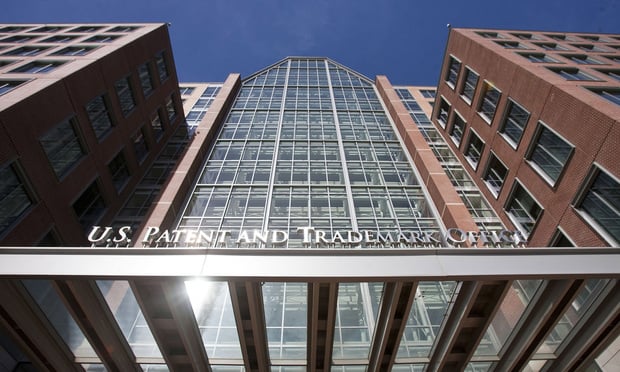
Key Takeaways from the Latest USPTO Guidance on AI
The April Guidance, which supplements prior guidance issued in February, seeks to remind practitioners of existing rules and to educate them on potential risks associated with artificial intelligence tool use, allowing practitioners to mitigate these risks.
Features

Adidas Stripe Design Battle Reveals Intricacies of Trademarks In the Fashion World
Although the bitter legal battle between Adidas and Thom Browne is far from over on either side of the pond, the case illustrates the challenges of ensuring trademark protection for simple and widely employed design elements.
Features
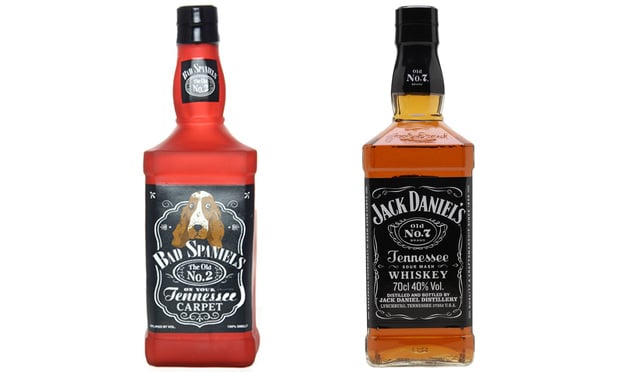
Trademark Trial and Appeal Board's View of Parodies
While most trademark-related lawyers are familiar with the "Bad Spaniels" and "Chewy Vuitton" federal court decisions on trademark parody, decisions by the USPTO Trademark Trial and Appeal Board on trademark parody marks are rarely examined.
Features
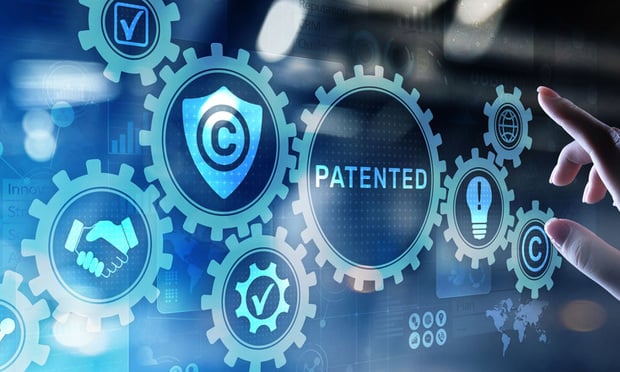
Intellectual Property In Legal Tech: Lessons from Recent Cases
As technology continues to permeate the legal industry, the significance of IP in safeguarding innovations, ensuring fair competition, and fostering a culture of creative legal solutions becomes paramount.
Features

Creative Expression vs. the Lanham Act: Six Months of Cases After Jack Daniel's
Last Term, the U.S. Supreme Court decided Jack Daniel's v. VIP Products — a case involving interaction between the Lanham Act and the First Amendment. This article traces the lower courts' reactions and applications to that decision.
Features

How Energy Drink's "Purple Rain" Trademark Application Was Rejected
Despite the fact that the trademark manual of examining procedure (TMEP) are readily available and searchable online, there are still a large number of applications that trademark examiners and judges must reject because the application does not conform to one or more conditions set forth in the Lanham Act or TMEP.
Features
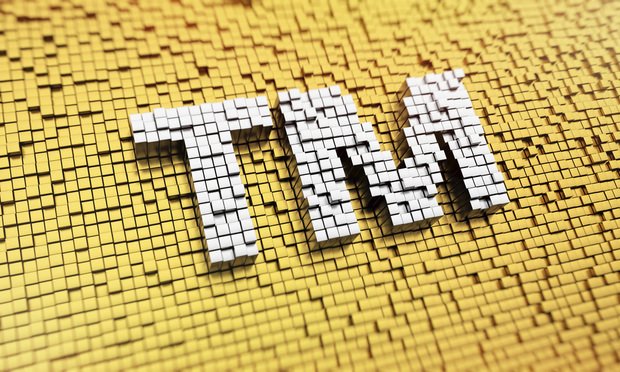
The Presumption of Irreparable Harm After the Trademark Modernization Act Of 2020: The Good, the Bad and the Ugly
This article explores developments (both positive and negative) in the post-TMA world in which courts have wrestled with implementation of the presumption of irreparable harm in trademark cases.
Features
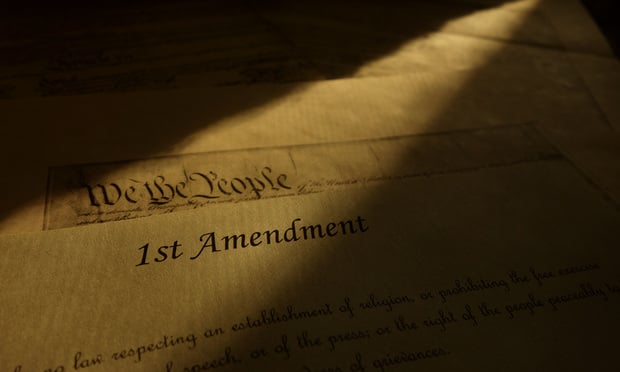
Supreme Court to Consider If Lanham Act's Name Trademark Prohibition Violates First Amendment
This case has important implications not only for trademark registrations, but also potentially in determining collisions between trademark rights, rights of publicity, and freedom of speech considerations in future cases.
Need Help?
- Prefer an IP authenticated environment? Request a transition or call 800-756-8993.
- Need other assistance? email Customer Service or call 1-877-256-2472.
MOST POPULAR STORIES
- Coverage Issues Stemming from Dry Cleaner Contamination SuitsIn recent years, there has been a growing number of dry cleaners claiming to be "organic," "green," or "eco-friendly." While that may be true with respect to some, many dry cleaners continue to use a cleaning method involving the use of a solvent called perchloroethylene, commonly known as perc. And, there seems to be an increasing number of lawsuits stemming from environmental problems associated with historic dry cleaning operations utilizing this chemical.Read More ›
- The Bankruptcy Code's Anti-Discrimination Section and COVID-19The pandemic has spurred analysis of legal issues as businesses grapple with their respective relationships with both private and public entities. In this article, the authors examine Section 525 of the Bankruptcy Code — the anti-discrimination section, and its implications during COVID-19.Read More ›
- Major Differences In UK, U.S. Copyright LawsThis article highlights how copyright law in the United Kingdom differs from U.S. copyright law, and points out differences that may be crucial to entertainment and media businesses familiar with U.S law that are interested in operating in the United Kingdom or under UK law. The article also briefly addresses contrasts in UK and U.S. trademark law.Read More ›
- Strategy vs. Tactics: Two Sides of a Difficult CoinWith each successive large-scale cyber attack, it is slowly becoming clear that ransomware attacks are targeting the critical infrastructure of the most powerful country on the planet. Understanding the strategy, and tactics of our opponents, as well as the strategy and the tactics we implement as a response are vital to victory.Read More ›
- Cutting Off the Stream: How United States v. Silver Affects "Stream of Benefits" or "Retainer" BriberyAlthough the court stressed that, by vacating certain of former NY State Assembly Speaker Sheldon Silver's counts of conviction, it was clarifying and not altering the "as opportunities arise" theory, it nevertheless emphasized that this theory requires particularity with respect to the "question or matter" that is the subject of the bribe payor and recipient's corrupt agreement.Read More ›
